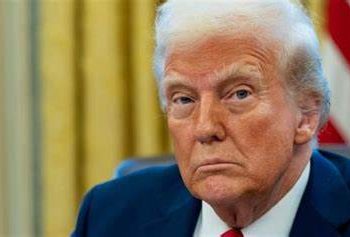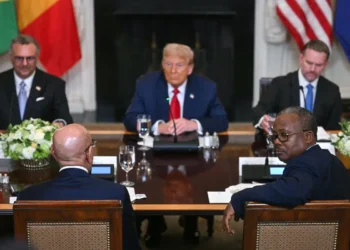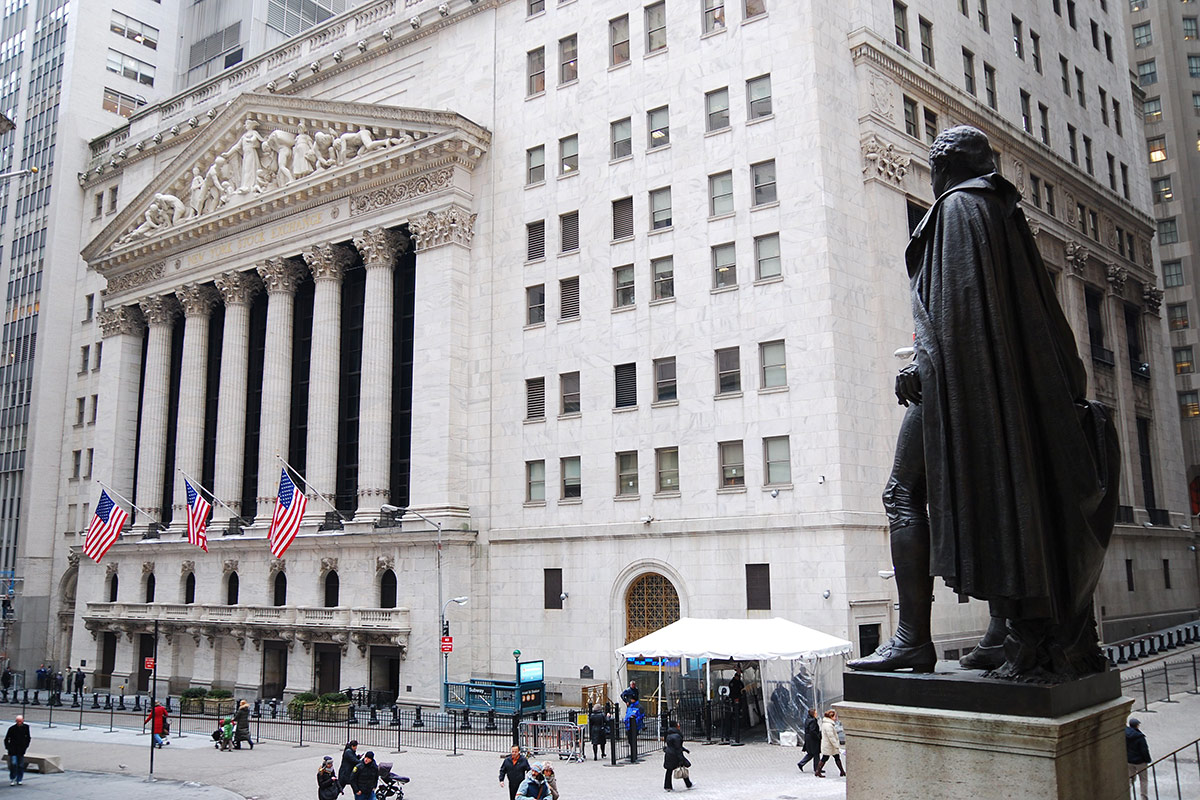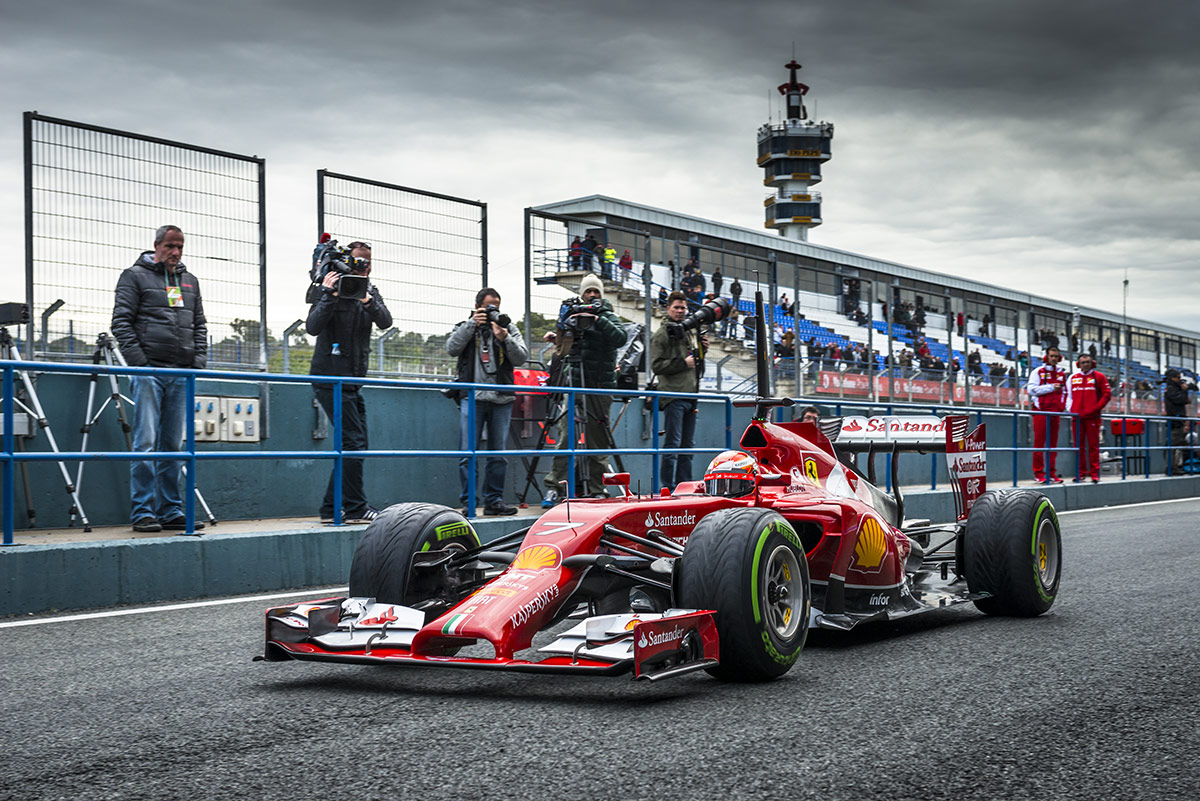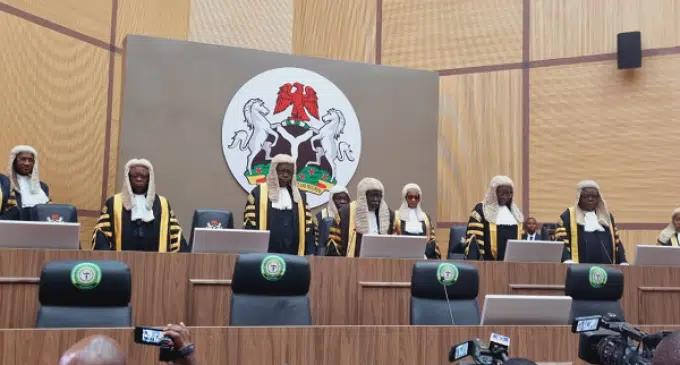President Donald Trump has escalated his trade policy agenda by threatening to impose a 25 percent tariff on smartphones manufactured outside the United States, putting major tech companies like Apple and Samsung directly in the crosshairs of his protectionist campaign.
The warning, delivered to reporters in Washington on Friday, May 23, initially focused on Apple but was quickly expanded to encompass all smartphone manufacturers operating in the American market. Trump emphasized that the policy would apply universally to ensure fairness across the industry, stating that “it would also be Samsung and anybody that makes that product, otherwise it wouldn’t be fair.”
The proposed tariffs could be implemented as early as the end of June, according to Trump’s timeline. The threat comes despite Apple’s status as an American company that designs its products domestically, though the vast majority of iPhone assembly occurs in China, a country currently locked in ongoing trade tensions with the United States.
Trump dismissed Apple’s recent efforts to diversify its manufacturing base, including moves to shift some production to India, as inadequate measures that fail to meet his administration’s expectations. In a post on Truth Social, the president made his demands explicit, writing: “I expect their iPhones that will be sold in the United States of America will be manufactured and built in the United States, not India, or anyplace else.”
The president revealed details of a recent conversation with Apple CEO Tim Cook during a visit to Qatar, where trade and manufacturing policies were apparently discussed. “We’re not interested in you building in India… we want you to build here,” Trump recounted telling Cook, indicating that the administration expects Apple to significantly increase domestic production operations.
Samsung, Apple’s primary competitor in the smartphone market, faces similar challenges under the proposed policy. The South Korean company conducts most of its production in Vietnam, China, and India, making it equally vulnerable to the threatened tariffs. Together, Apple and Samsung control approximately 80 percent of the U.S. smartphone market, while smaller manufacturers like Google, Xiaomi, and Motorola also rely heavily on overseas production facilities.
Industry experts have responded with considerable skepticism to Trump’s demands for reshoring smartphone production to American soil. Dan Ives, an analyst with Wedbush Securities, characterized the idea as a “fairy tale,” highlighting that nearly 90 percent of Apple’s iPhone production still occurs in China despite years of discussions about supply chain diversification.
Ives warned that any attempt to relocate smartphone manufacturing to the United States would require a comprehensive and expensive restructuring of existing supply chains, a process that could span several years and involve enormous costs. The complexity of modern smartphone production, which relies on intricate networks of suppliers and specialized facilities, makes rapid relocation particularly challenging.
Financial markets have already begun reflecting concerns about the tariff threats, with Apple’s stock experiencing significant volatility. The company’s shares have declined more than 20 percent since the beginning of the year, with Friday’s trading session ending down 3.0 percent. Market analysts attribute part of this decline to growing uncertainty surrounding U.S. trade policy and its potential impact on Apple’s global operations.
Apple CEO Tim Cook has previously expressed concerns about tariff volatility and its effects on the company’s financial performance. Last month, Cook estimated that U.S. duties on Chinese goods could cost Apple approximately $900 million in the current quarter. The company has experienced tariff rates as high as 145 percent on some products, though high-end technology items like smartphones have received temporary exemptions from the most severe penalties.
Financial analysts are warning that consumers may ultimately bear the burden of increased costs if the threatened tariffs are implemented. Susannah Streeter of Hargreaves Lansdown noted that “prices of handsets look set to rise, given iPhones will end up being more expensive, if the threats turn into concrete trade policy.”
Streeter suggested that while Apple’s most dedicated customers might continue purchasing devices despite higher prices, middle-income consumers could be effectively priced out of the premium smartphone market, particularly in an economic environment already challenged by inflationary pressures.
The tariff announcement comes just one week after the United States and China agreed to a temporary 90-day suspension of additional tariffs, creating a brief respite in the ongoing trade dispute between the world’s two largest economies. However, the fragile nature of this truce appears to offer little comfort to technology companies and investors who remain concerned about the administration’s continued pursuit of protectionist trade policies.
The smartphone tariff threat represents a significant escalation in Trump’s efforts to bring manufacturing jobs back to American soil, though it remains unclear how quickly or effectively such a transition could be accomplished given the global nature of modern technology supply chains and the substantial investments already made in overseas production facilities.



